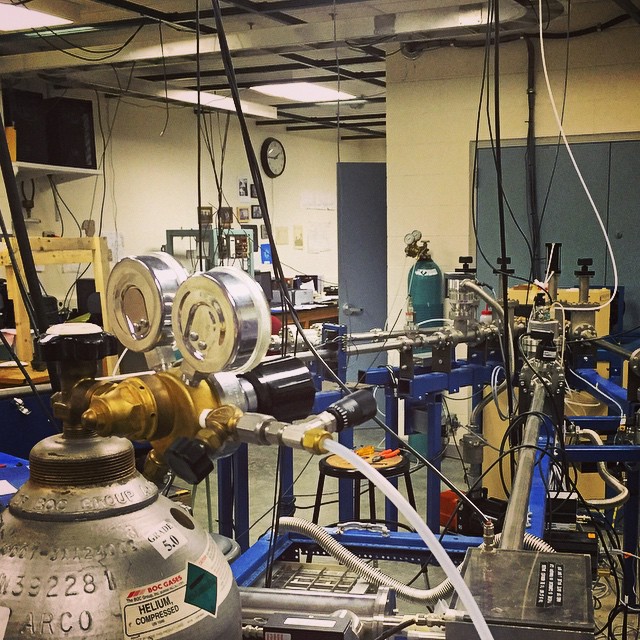
The College's Physics Department is home to one of the largest telescopes in New England, a state-of-the-art wave fume and a one million-volt particle (ion) accelerator. It's one of just four at undergraduate schools in the United States. We have many science resources at Conn, but the accelerator is the one thing that most are unaware of.
Students who study physics, geophysics and chemistry, however, know the particle accelerator well. The machine is currently processing a program called PIXIE. It analyzes the chemical composition of objects without having to use traditional chemistry techniques that could damage or destroy artifacts. By firing a beam of protons at an object, the resulting X-rays are analyzed to decipher the exact chemical composition of an object.
At Conn, PIXIE is helping professors and students study historical Native American trade routes from the New London region. By analyzing the chemical composition of historic clay pots discovered nearby, my classmates have been able to track where these clay pots were made by comparing them to mud samples. On Mamacoke Island, part of the College campus, classmates have uncovered large collections of clay pots, preserved by time. Of the many that originated on the island, some were found to have originated in Hartford and Long Island. By using PIXIE, we have found concrete evidence of intertribal trade between Native Americans in Connecticut. So far, more than two research papers have been published in scientific journals as a result of PIXIE, both written by undergraduate science students at Conn.
